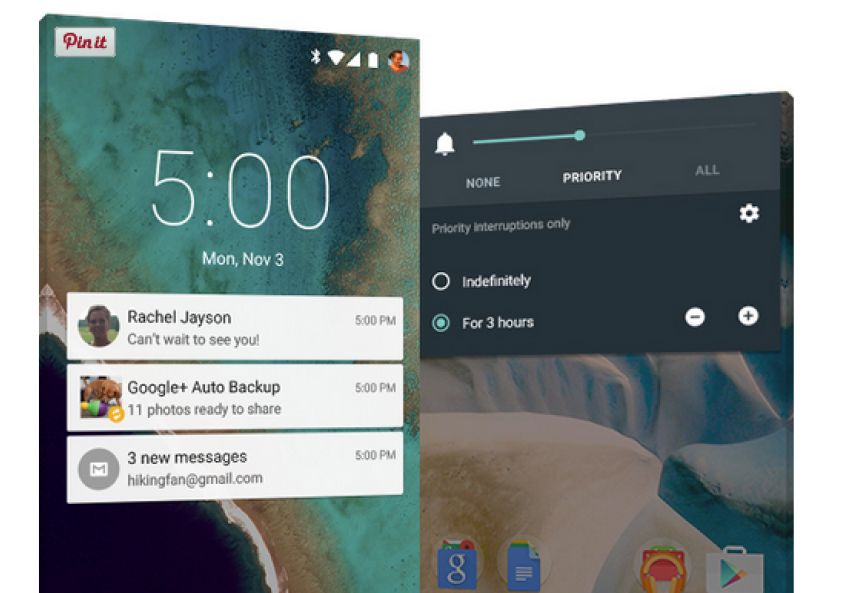
Tech firms continue to update their handset offerings, new and old, to Android Lollipop, Google's newest operating system. Samsung, for one, is very active in rolling out the firmware and it has done so not only to its newer smartphones but also to most of its last-generation models.
Now, it is Samsung Galaxy S5 Mini's turn to taste and experience Android Lollipop. Those in Denmark who own the smaller version of last year's flagship, which still runs Android 4.4.2 KitKat, will be able to jump to Android 5.0.1 Lollipop soon. How soon? GSM Arena says that the device should have the operating system onboard before the month ends.
The update will change the visuals of the Samsung Galaxy S5 Mini into the vibrant and bold animations of the new Material Design. Android 5.0.1 Lollipop should at least improve the device's battery life while it provides the new Quick Settings and a revamped convenience-centric lockscreen.
On the other hand, Motorola has been hard at work in keeping its handset up to speed. After bringing the new Android 5.1 Lollipop build to the second-generation Moto E, the tech firm has now begun deploying the same update to the handset's first generation.
Motorola is rolling out the update over the air, which means that Android 5.1 Lollipop will touch down at the aforementioned handset in phases. All the same, users who still rock the 2013 handset should have received a notification regarding the software jump, which changes the build number to 23.21.15. As for the ones who still await for the download prompt, they can take this time to prepare for 5.1 Lollipop's arrival by making sure that the Moto E has room for the 210 MB update.
This update is as incremental as the original as Android 5.1 Lollipop improves the original Moto E's performance with an increased Android Runtime. This build also brings a new device protection feature, which requires the user's pre-inputed Google account credentials for access. Furthermore, the camera is more responsive and users will no longer worry about noise on images taken in low-light conditions.













